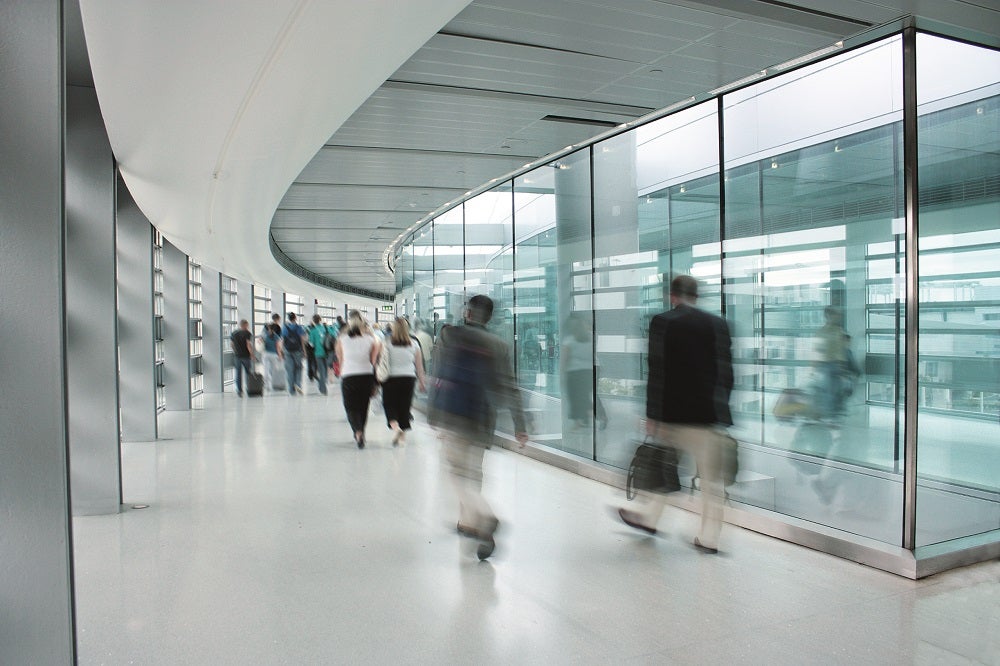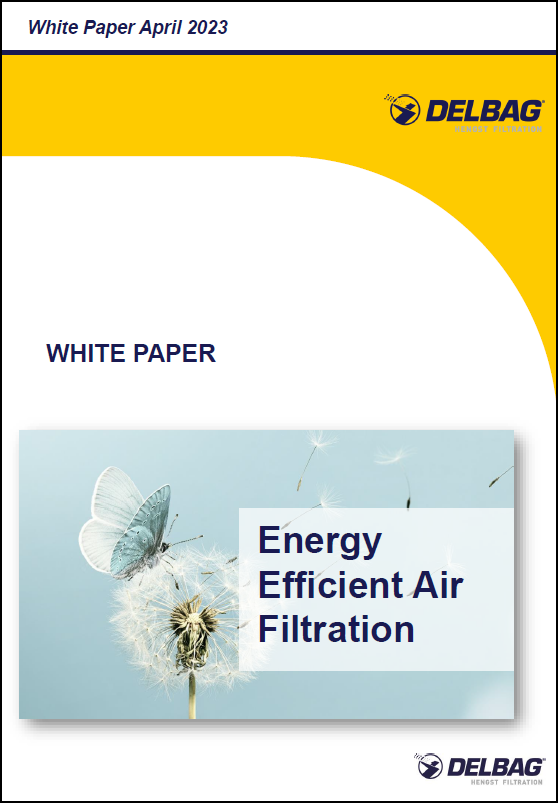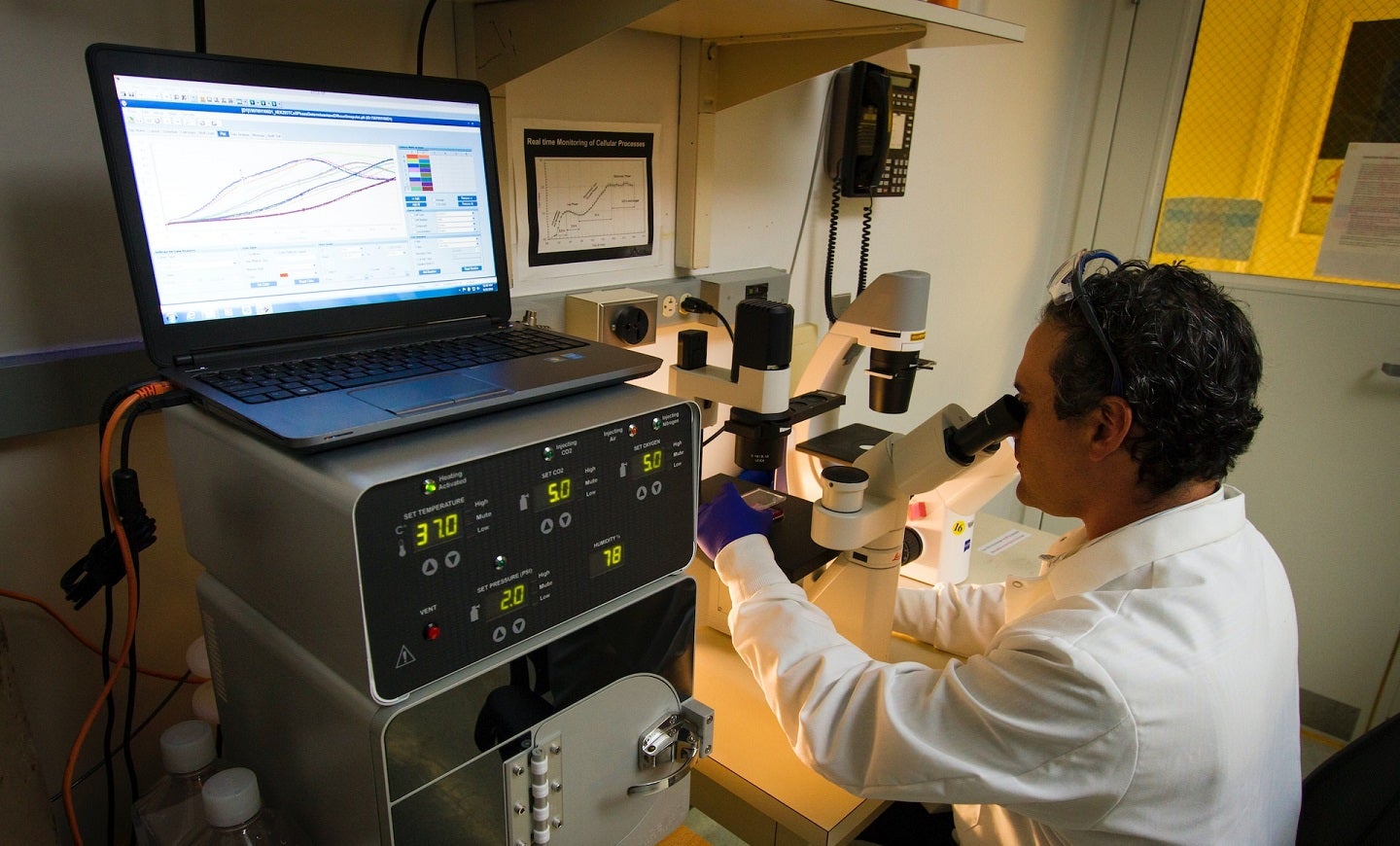Innovations in air filters: How a simple filter solution is key to reducing energy consumption
Energy efficiency has a major impact on a facility’s operational expenditure, but are air filters being overlooked? Choosing cheaper, but less efficient filters could be costing more than operators realise.

The resistance that a filter offers to the airflow in the ventilation and air conditioning system has a direct impact on a facility’s energy consumption. Higher resistance means that a fan must operate at a higher speed in order to move the same amount of air.
In theory, two air filters that claim to have the same level of performance can consume significantly different amounts of energy. This is because the determining factor comes down to how the increase in dust load affects resistance. High-quality filters where this increase is minimised are more expensive, but the long-term savings can more than outweigh the initial expenditure.
A recent whitepaper from air filtration experts DELBAG outlines the long-term benefits of choosing a filter with a better energy rating. According to the paper, entitled Energy Efficient Air Filtration, air handling units are responsible for 50% of the energy consumption in a commercial building, and air filters alone account for 16% of this. This means that air filters can be responsible for approximately 8% of the total energy expenditures.
Thorsten Stoffel, product manager for DELBAG, explains: “Generally, the overall expenditure you pay for your filter is 80% energy and only 10% purchasing price. Even if the purchasing price doubles, if it is energy efficient, you will be saving yourself a lot of money.”
Replacing air filters can be done during routine maintenance and does not require retrofit work or cause major service interruptions. This makes switching to energy-efficient air filters one of the simplest, fastest and most effective ways to reduce energy consumption.
In its Energy Efficiency Evaluation of Air Filters for General Ventilation Purposes, Eurovent, a provider of third-party performance certification programmes for the HVACR industry, has formulated a calculation methodology for comparing energy consumption. This formula takes into account airflow volume, average pressure loss, operating hours, and fan efficiency.
Eurovent Certita Certification developed criteria for air filters using this formula and applying some baseline consumption figures. These parameters are an airflow of 0.944 m3/s, 6000 operating hours per year, and 0.50 average fan efficiency. The filters are rated between Class A+ at the highest level, and class E at the lowest. The air filters are categorised according to their ISO 16890 rating to take into account that high filtration capacity will intrinsically have a higher energy consumption than air filters that remove only a small percentage of dust from the air.
Beyond just theory: the real impact of energy efficiency
The formula for these criteria came under scrutiny as critics pointed out that the consumption figures are not realistic. According to Stoffel: “Few facilities are running their filters full-speed 6,000 hours a year, and the efficiency of a fan has increased over the years, whereas Eurovent’s formula assumes only 50%. However, the purpose of this formula is to compare, not calculate real life.”
While the consumption figures used are only theoretical and may not represent realist facility operations, it does give us useful parameters of comparison regarding a filter’s energy consumption. To illustrate what difference energy-efficient filters can make in real life, DELBAG has compiled three case studies based on Eurovent’s methodology using calculations based on real conditions.
Following a hospital with an Ia class operation theatre (very strict hygiene requirements), the Klimahaus Bremerhaven 8° East museum, and a My Outlet shopping centre, DELBAG demonstrates how facilities with a range of different needs can reduce overall costs and improve their CO2 footprint. Download the free whitepaper below to find out more.
What's Your Reaction?

































